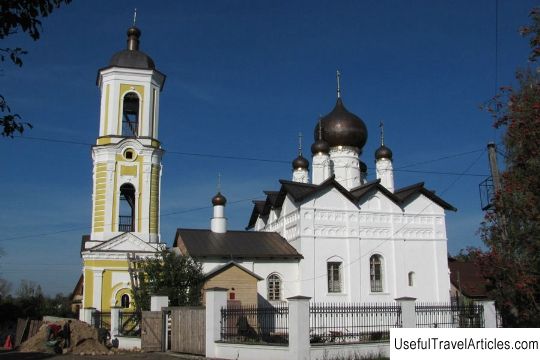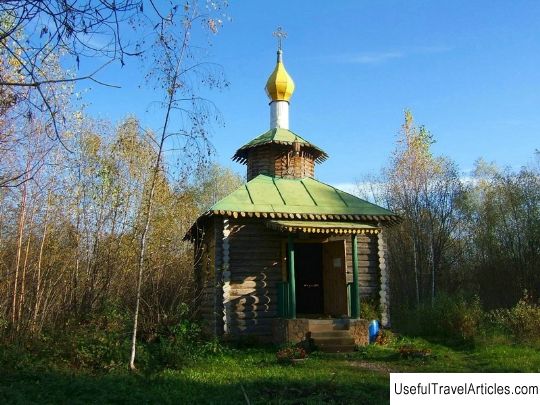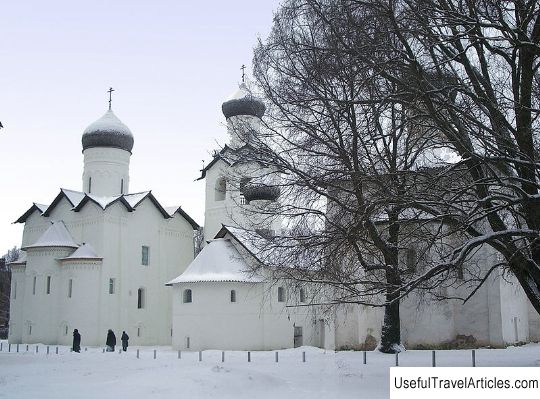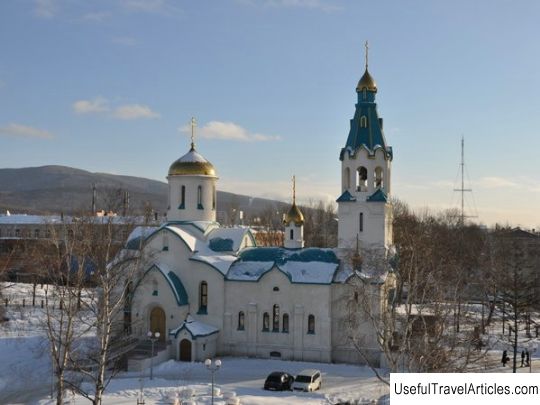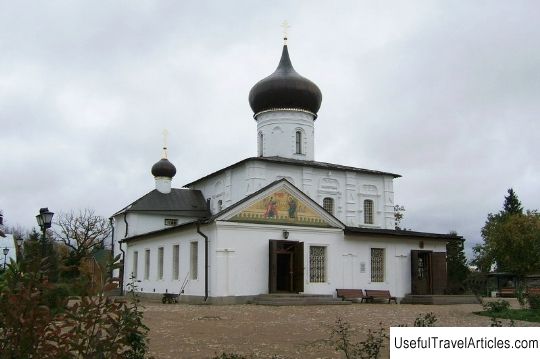Cathedral of the Resurrection of Christ description and photo - Russia - North-West: Staraya Russa
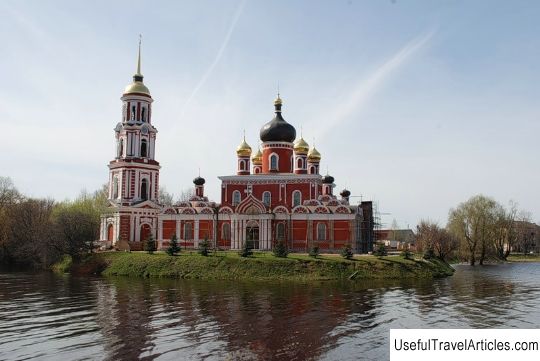
Cathedral of the Resurrection of Christ description and photos - Russia - North-West: Staraya Russa. Detailed information about the attraction. Description, photos and a map showing the nearest significant objects. Photo and descriptionFor over three hundred years, Staraya Russa has been adorned with the Cathedral of the Resurrection of Christ, which is located on the beautiful picturesque bank of the Polist River. The construction of the cathedral took place in 1692. It was built on the site of a previously existing wooden church in honor of the Protection of the Most Holy Theotokos. Not only the project and the construction of the new church was carried out by the church elder by the name of M. Somrov, who originally came up with the construction of the cathedral literally "for centuries." The foundation of the temple took place during the reign of Peter the Great, but still the temple carries a rich history. As you know, Staraya Russa has always been a crowded city, which is why it was decided to rebuild the small Intercession Church, which was in operation at that time. The Cathedral in honor of the Bright Resurrection of Christ was finally built in the summer of 1696, which is documented. In the blessed memory of the former church on the site of the new temple, it was decided to consecrate one of the side altars in honor of the Intercession. The south side-altar was named John the Baptist, which was also inherited from the former church, located not far from the new church. The very first was the Intercession altar, which was consecrated in October 1697, in which all the services were held until 1705, and after the second altar was consecrated in 1708 in honor of the Nativity of John the Baptist, services were held in it. p> The sacred prayer life of the Cathedral of the Resurrection of Christ has always attracted famous guests of the city to the city. It is known for certain that Peter the Great himself was in the church, who prayed sincerely before the image of the Mother of God. The cathedral was also visited by Catherine II and almost all the rulers who followed her and their families. From 1797 to 1801, a new stone bell tower was erected near the temple on the site of the old dilapidated one. It consisted of three tiers. On the uppermost tier of the bell tower in 1811, a ringing clock with eight bells was installed. They were made by craftsmen from Tula. In the period from 1828 to 1833, according to the request of the townspeople, the Resurrection Church was rebuilt due to dilapidation and extraordinary closeness. The famous Russian architect Vasily Petrovich Stasov took up the project. The temple acquired some features of the Russian-Byzantine style: its appearance became majestic and solemn. At the same time, in 1835, the fourth tier of the bell tower was built with the money of the townspeople. The most significant changes in the temple took place at the beginning of the 20th century, when the cathedral was undergoing major repairs under the guidance of the Imperial Archaeological Commission for the collection of donors; the reasons for the repair were large cracks in the walls and subsidence of the foundation, which could lead to the complete collapse of the temple. In the interior of the cathedral, at various times, gilded carved iconostases made of wood were arranged. At the end of the 19th century, the cathedral was almost completely decorated with paintings. After the October Revolution, the Church of the Resurrection of Christ was significantly damaged. Initially, during the persecution, services in the church were stopped, after which they were interrupted in 1936 for an even longer period, which became a time of complete desolation and silence for the cathedral. During 1937, a local history museum was set up in the building of the temple. During the Great Patriotic War, it was used as an infirmary, and German troops decided to arrange a stall for horses in the temple. After the war was over, it was decided to arrange a cinema in the building of the Resurrection Cathedral, after which they blasphemously made a warehouse out of it, intended for glass containers. In 1985, a military-historical official museum began its work in the Cathedral of the Resurrection of Christ, the activity of which continued here until 1992. In 1993, to the delight of all believers, the Cathedral of the Resurrection Cathedral began its new life, returning to the fold of the Orthodox Russian Church. In 2008, large-scale renovations were carried out in the cathedral, after which in the summer of July 12, 2008 it was solemnly opened. The same day was marked by the consecration of the cathedral. In 2009, nine crosses were erected on the spiers. Today the Cathedral of the Resurrection of Christ is active.        We also recommend reading Porta dos Cavaleiros description and photos - Portugal: Viseu Topic: Cathedral of the Resurrection of Christ description and photo - Russia - North-West: Staraya Russa. |
